Swiss researcher calls existence of dark matter into question
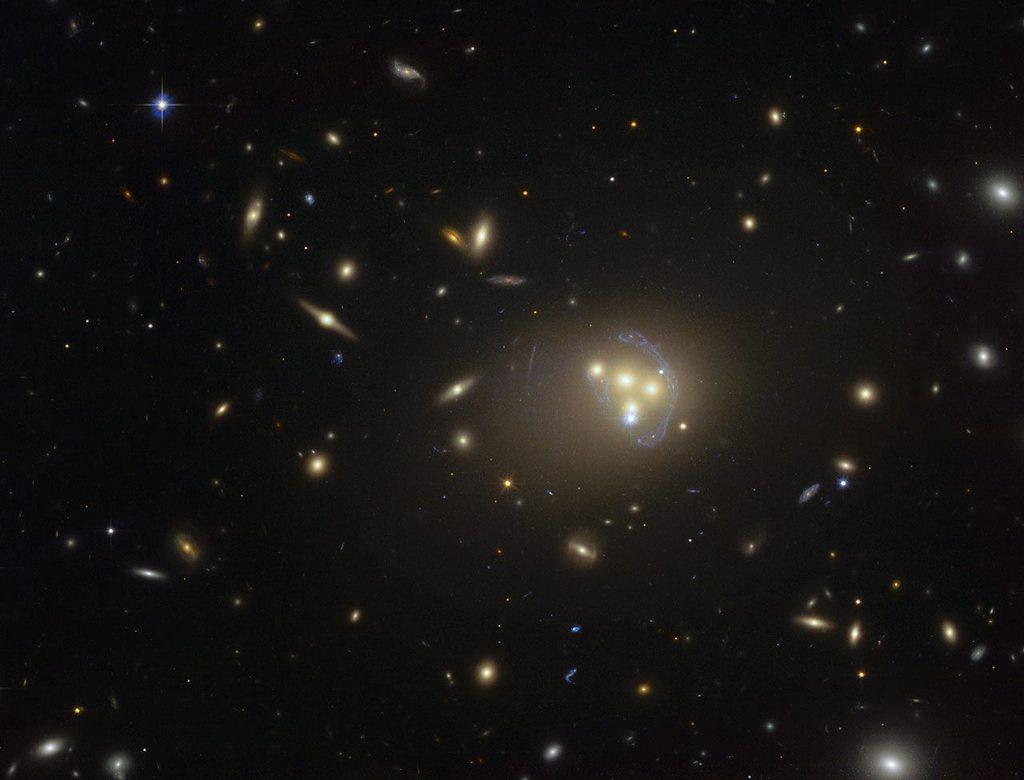
A University of Geneva (UNIGE) researcher has argued that models of the universe’s expansion and celestial movements can work without the concepts of dark matter and energy – a position that runs counter to a century of scientific consensus.
According to a UNIGE press releaseExternal link, by doing away with the ideas of dark matter and dark energy – or at least the need for them to exist – the concept could contribute to “potentially solving two of astronomy’s greatest mysteries”.
The theory is the work of André Maeder, a professor in the university’s Department of Astronomy, and has recently been published in The Astrophysical JournalExternal link.
Maeder goes back to basics to posit a “starting hypothesis that hasn’t been taken into account”, he says. By this, he means the scale invariance of empty space: “in other words, the empty space and its properties do not change following a dilation or a contraction”.
In the past, scientists have operated on the assumption that another Swiss astronomer, Fritz Zwicky, coined in 1933: namely, that there is more matter in the universe that we can actually see. Such an assumption, according to his and subsequent models, could account for both the universe’s ongoing expansion and the movements and speed of the stars.
The invisible substance, or matter, became known as dark matter. Its counterpart force, dark energy, is allegedly stronger than the gravitational energy discovered by Newton. However, there remained a catch: nobody could find either one.
Empty space, not invisible matter
This is where Maeder’s theory comes in. After several rounds of cosmological testing of a model based on constant empty space, he found that it held true in the context of both Einsteinian relativist theories and Newton’s laws of acceleration.
The model predicted the accelerated expansion of the universe without having to factor in any unseen particle or dark energy – that is, there was no missing variable in his equations.
Other tests based on the speeds reached by stars in the outer reaches of galactic clusters, and stars oscillating around the plane of the Milky Way, also pointed to explanations that relied not on dark matter but on the invariant empty space hypothesis.
For now, the ideas are more likely to inspire debate and controversy than ultimate acceptance. But for Maeder, at least, “the announcement of this model, which at last solves two of astronomy’s greatest mysteries, remains true to the spirit of science: nothing can ever be taken for granted, not in terms of experience, observation or the reasoning of human beings.”
swissinfo.ch and agencies/dos

In compliance with the JTI standards
More: SWI swissinfo.ch certified by the Journalism Trust Initiative
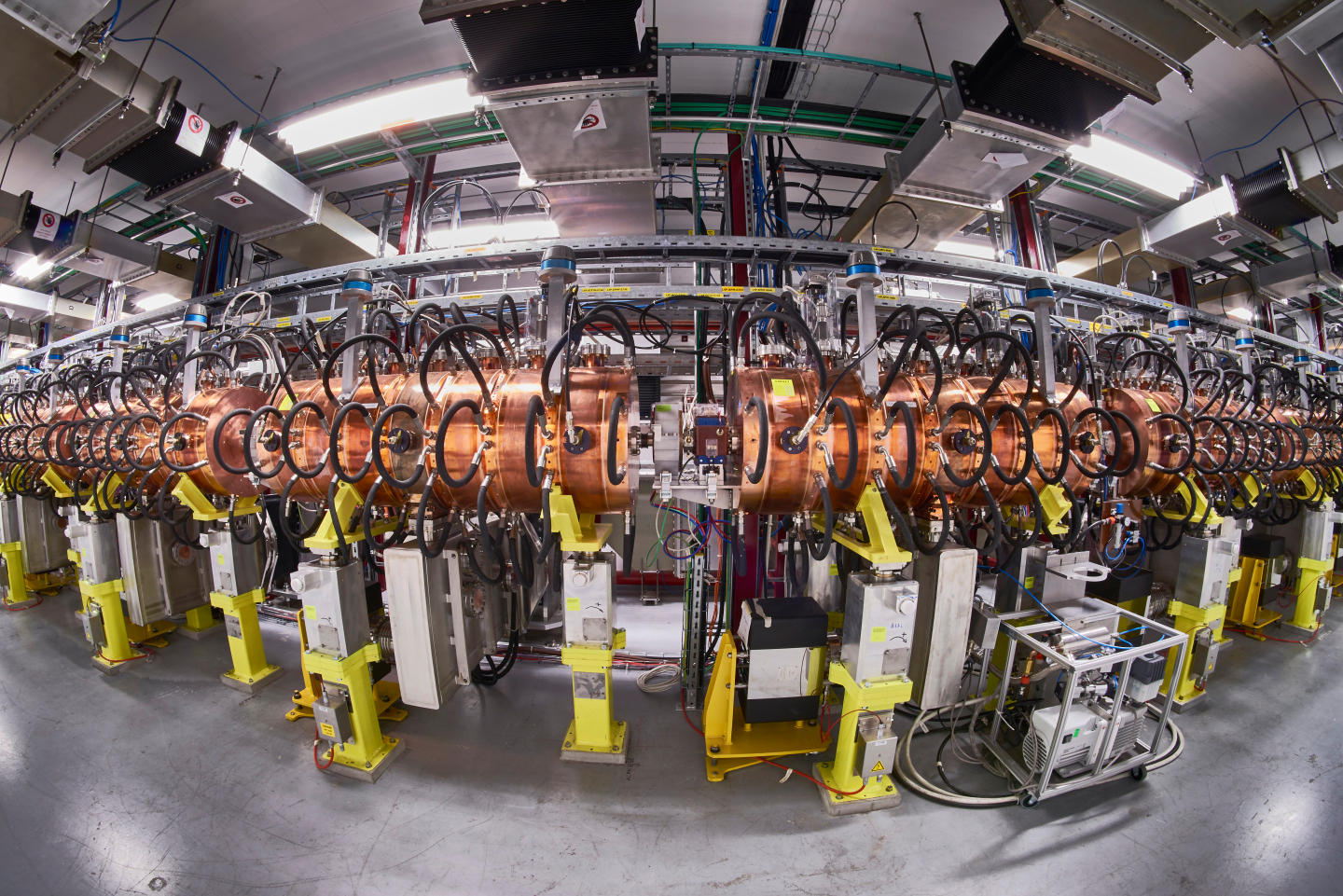
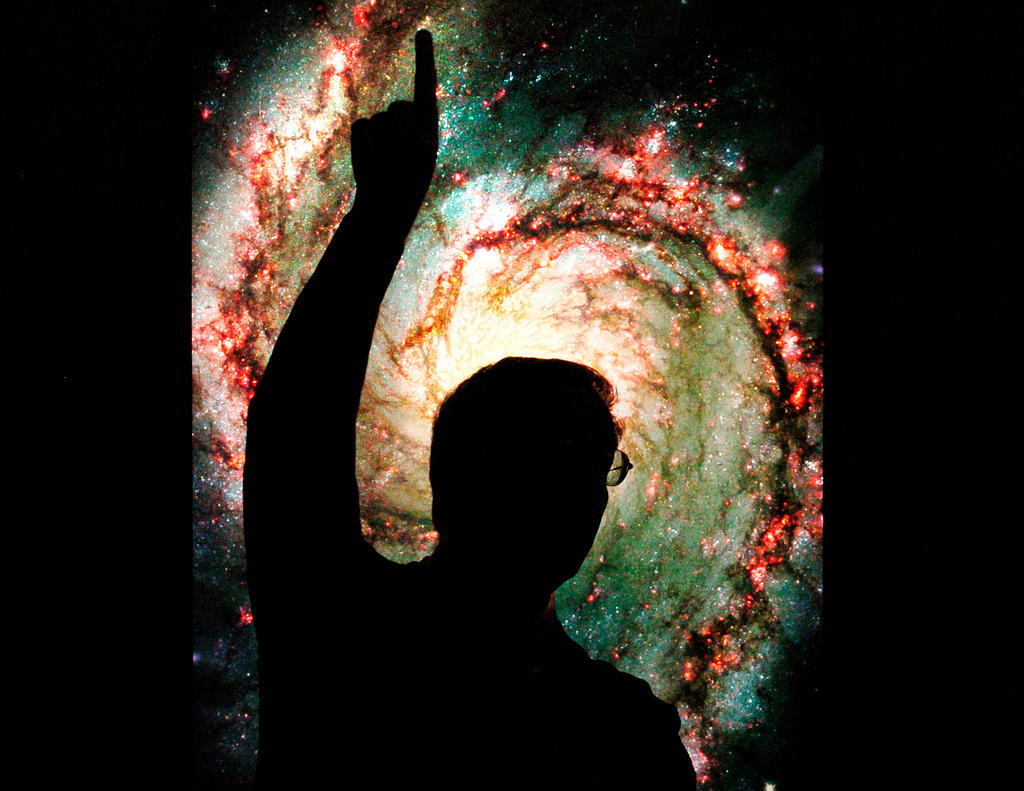
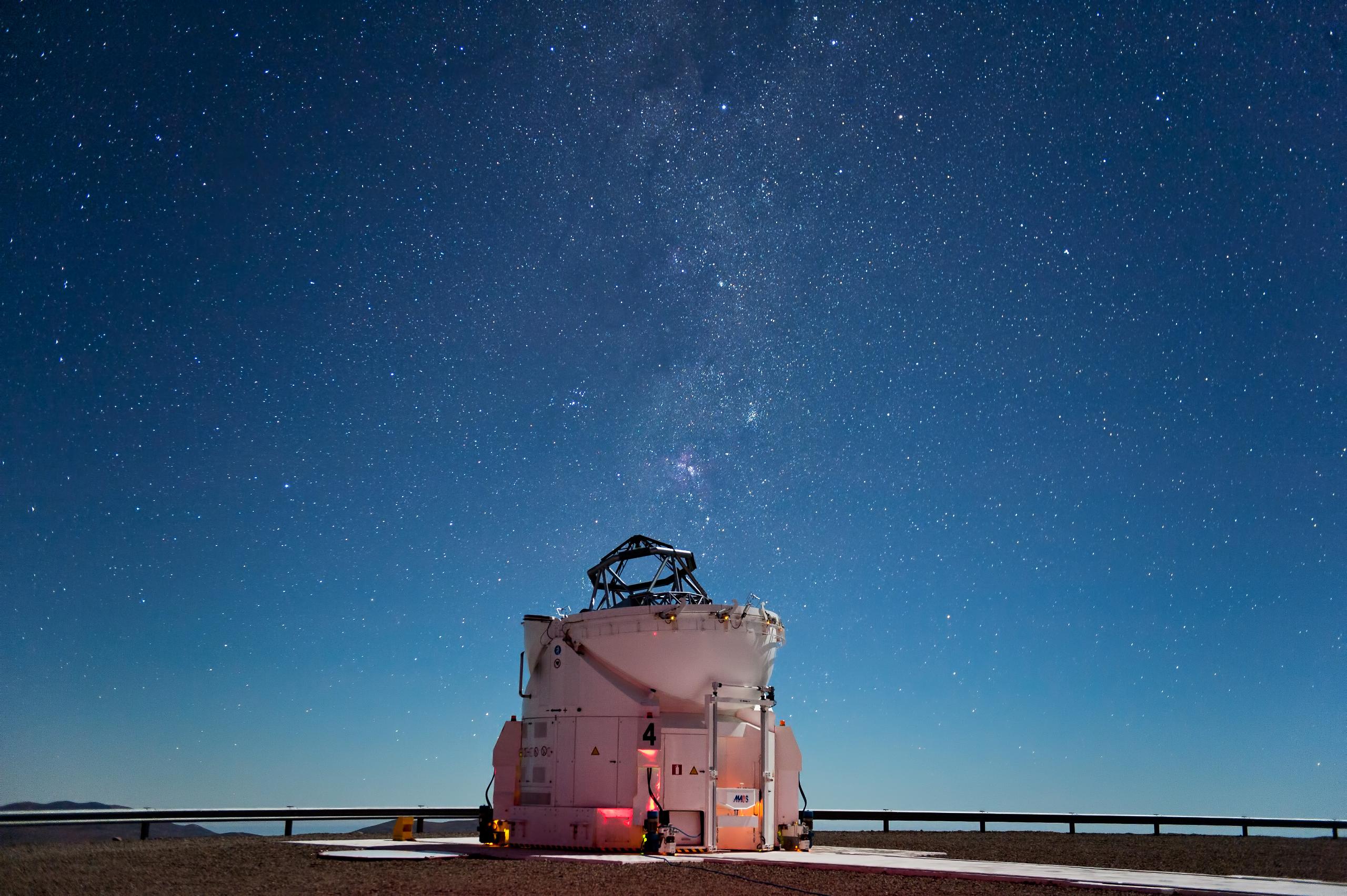
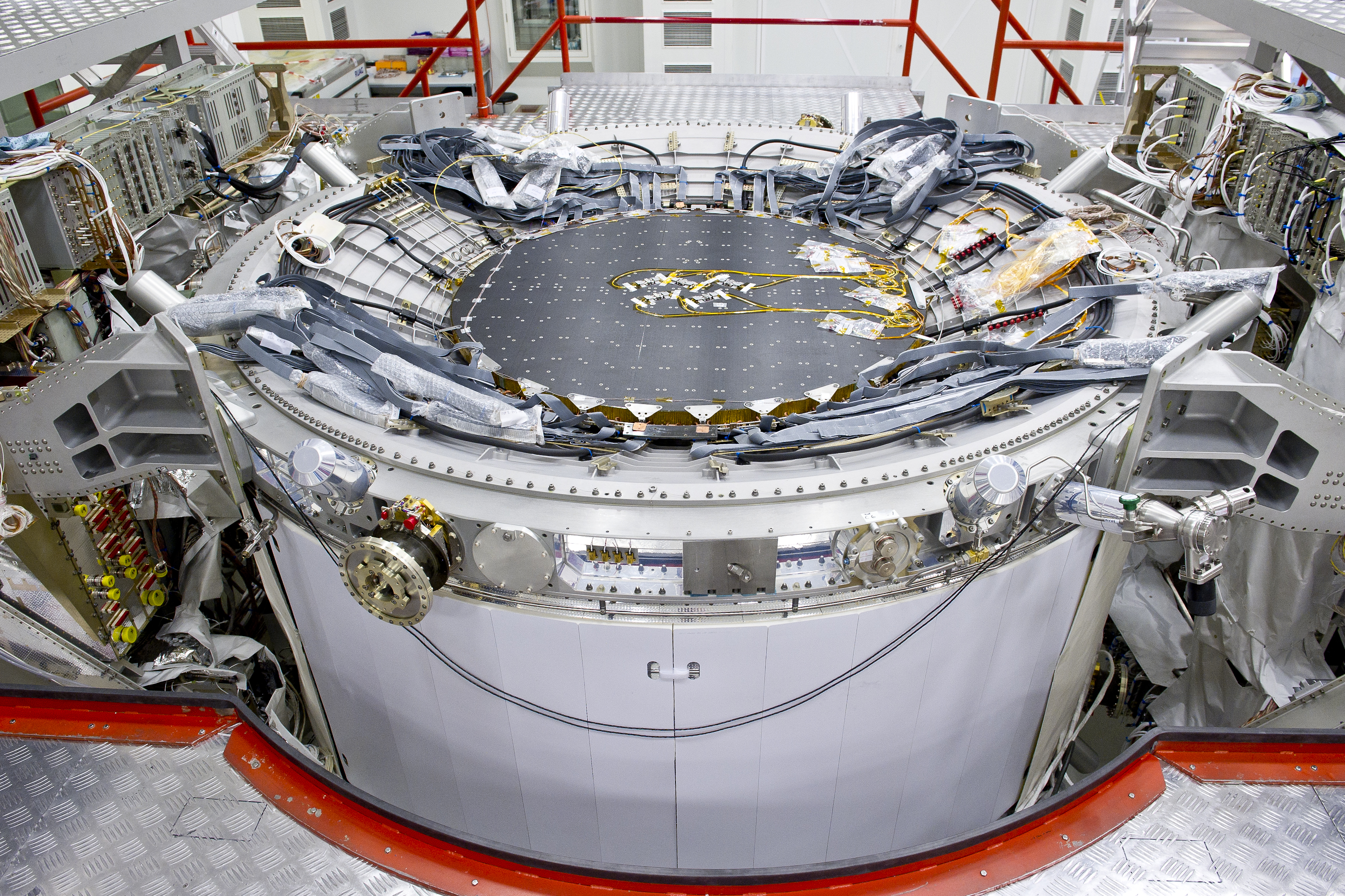
You can find an overview of ongoing debates with our journalists here. Please join us!
If you want to start a conversation about a topic raised in this article or want to report factual errors, email us at english@swissinfo.ch.